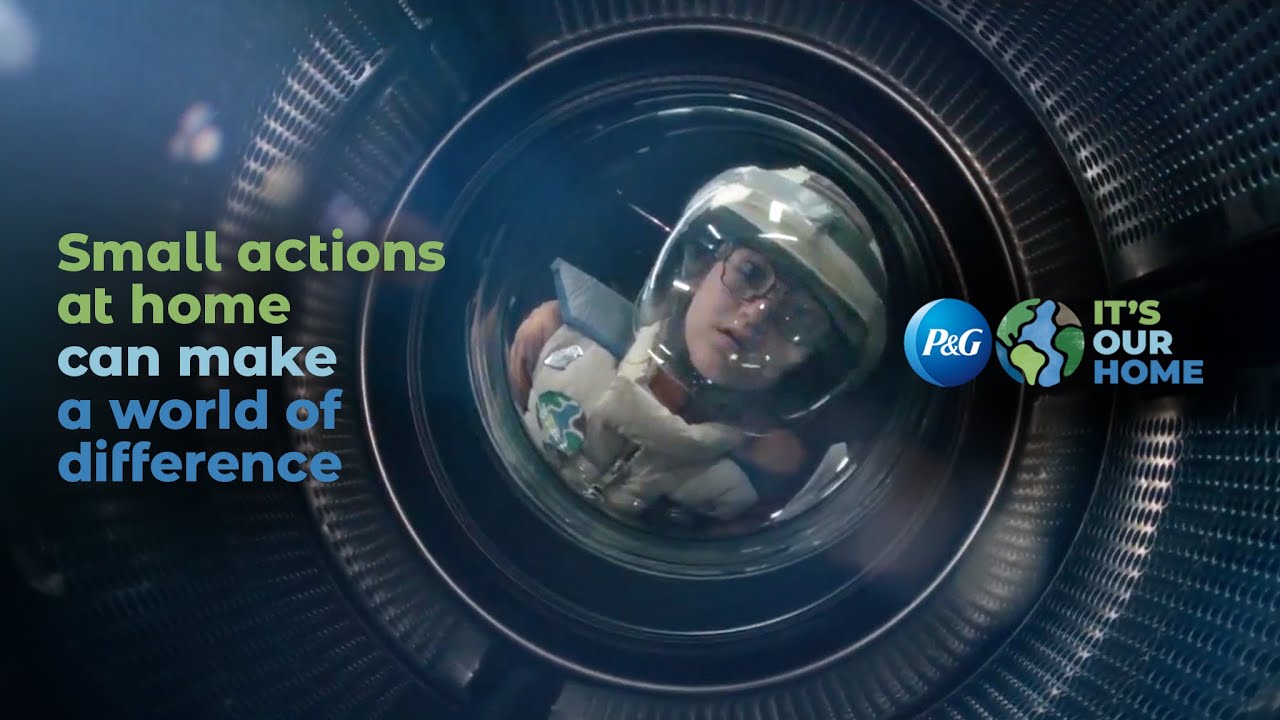Winning WARC Media Awards campaigns highlight the opportunity for brands to use AI to learn and predict customer behaviour patterns, enhancing the entire customer journey.
No one will have been surprised to see Artificial Intelligence (AI) as a solution across a number of marketing campaigns in 2020. By using AI, brands can communicate hyper-targeted, personalised content at scale and improve customer experiences.
Read More










